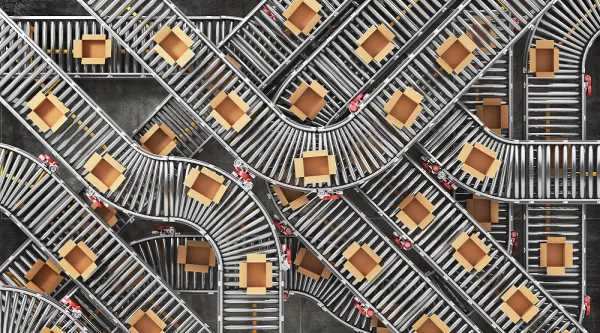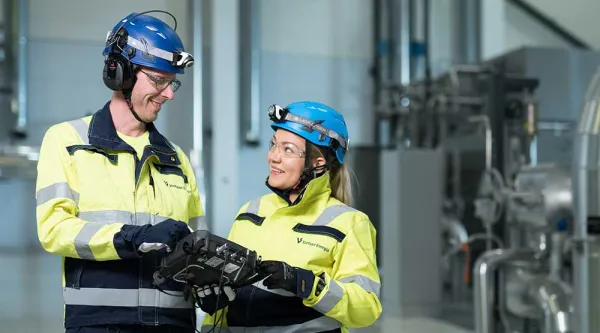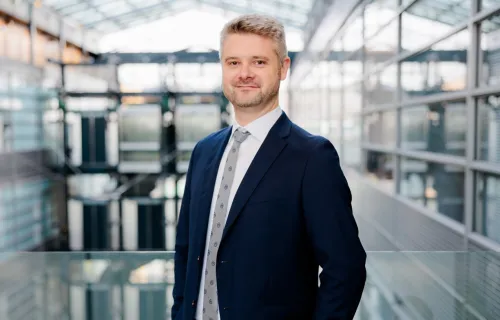You can listen to this episode also in Spotify and Apple podcast.
The use of data, analytics and artificial intelligence also comes in handy when aiming for fossil-free energy production. Jari Sundqvist of Sumitomo SHI FW Energia Oy recently visited the What’s Next podcast hosted by CGI’s Jarkko Vatjus-Anttila to talk about how a joint project with Vantaan Energia successfully reduced carbon dioxide emissions by more than 3,000 tonnes a year. What made it possible was a new application.
The application’s development relied on a co-creation model, the key aspect of which is to involve the end customer in the creative process. The cooperation included representatives of both business and production, as well as end users, such as, in the case of Vantaan Energia, operators. The involvement of all the relevant parties allows for a thorough discussion of the issues and increased understanding.
The co-creation model usually includes three workshops, each lasting a day or half a day. The most important thing at the outset is to define a clear objective and goal: what it is you want to resolve. Finding and expanding on that takes its own amount of time.
After this you start looking at the data which are available and which you might need more of. Sumitomo SHI FW Energia, which manufactures energy production equipment and solutions, has extensive experience of different boiler models. The company has also accumulated plenty of process data over a number of different run periods. That is why new data may not be necessary at all.
“Given the extent of our range of boiler models, we can simulate in advance how the new analytics will work on the problems and produce better solutions for the customers,” says Sundqvist.
The right kind of understanding with analytics
Sumitomo’s Jari Sundqvist describes how, in the case of Vantaan Energia, energy efficiency was increased by making the boiler model and run-specific process data work smoothly together with the help of AI.
“This is a complex model with more than 300 data points. It requires the right kind of understanding provided by analytics, rather than an attempt to let the issue be analysed by humans and relying on earlier historical data,” adds Sundqvist.
The pilot project made use of data collected from different power plants to develop a cloud-based analytics service for optimising the power plant’s operation. The resulting application provides additional data for controlling the power plant’s power level.
Boilers are usually run with a nominal maximum load, defined during the design phase. A boiler is given specific operational guarantees for a specific fuel. When a power plant wishes to switch to the more challenging biofuels, however, the boiler is no longer run at optimum power.
The analytics allow for making temporary maximum load calculations precisely with the fuel used at a given time, and thereby achieving the maximum power on a temporary basis. Production increases of several percentages can be achieved without impairing operational reliability.
Even after the actual project has ended, the cooperation continues at least in the form of monthly discussions, which may lead to new prototypes. The goal is a deep customer relationship based on trust.
Sundqvist sees particular potential for development in combining different data from a variety of sources.
“The customer may have five power plants, for example. If you can collect all the process data for combined processing and integration, and link it to, say, network management and the market situation of electricity, you’ll be looking at a whole host of new opportunities for optimising total production.”






